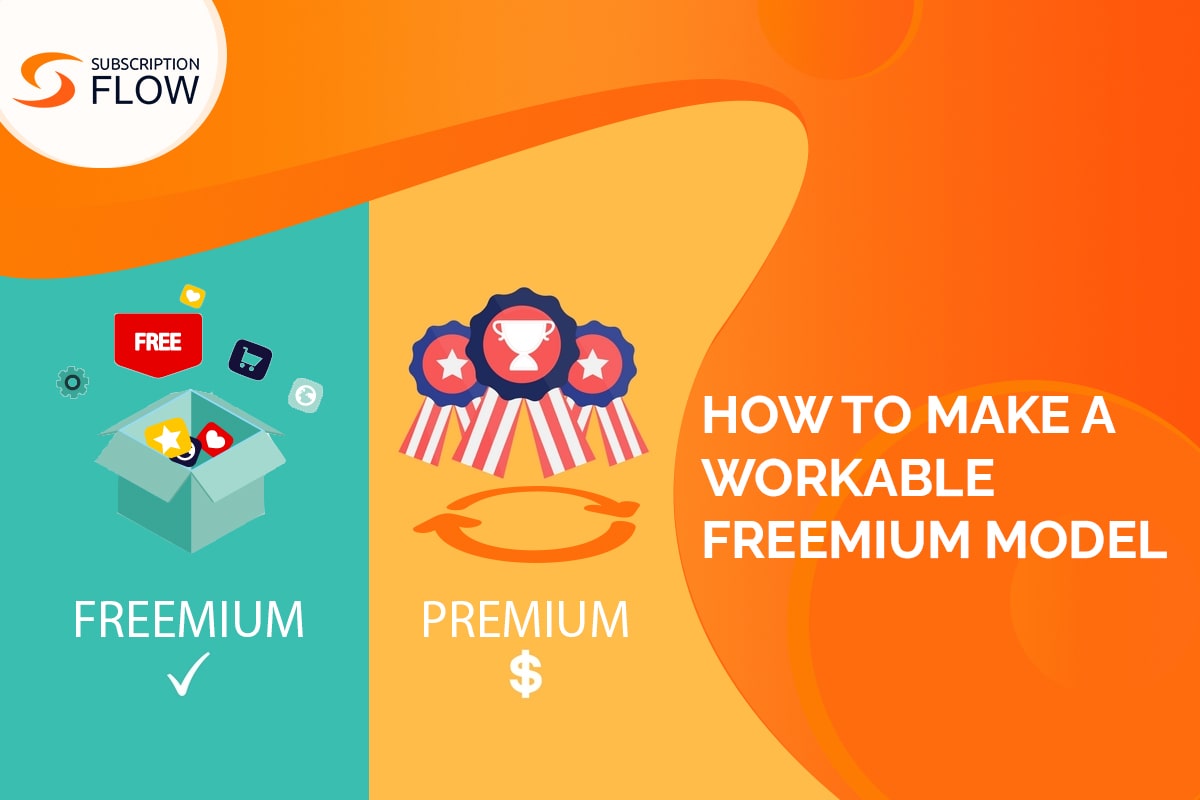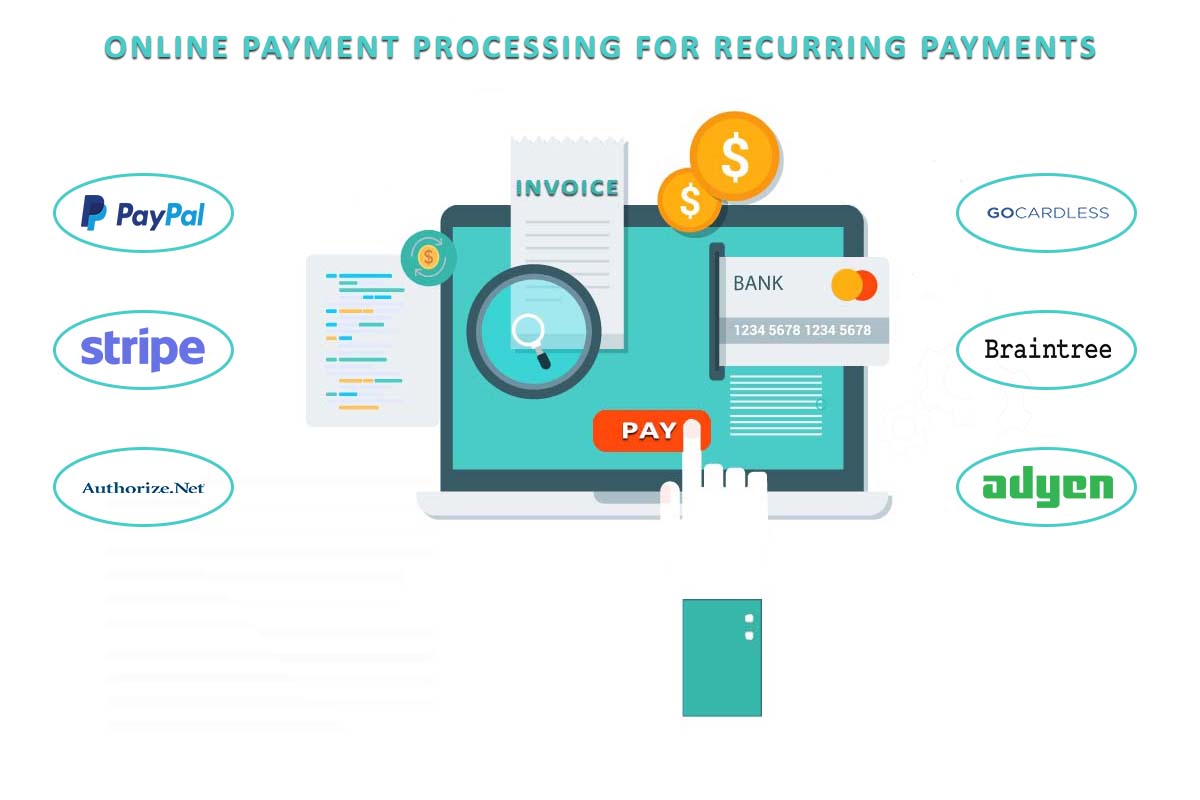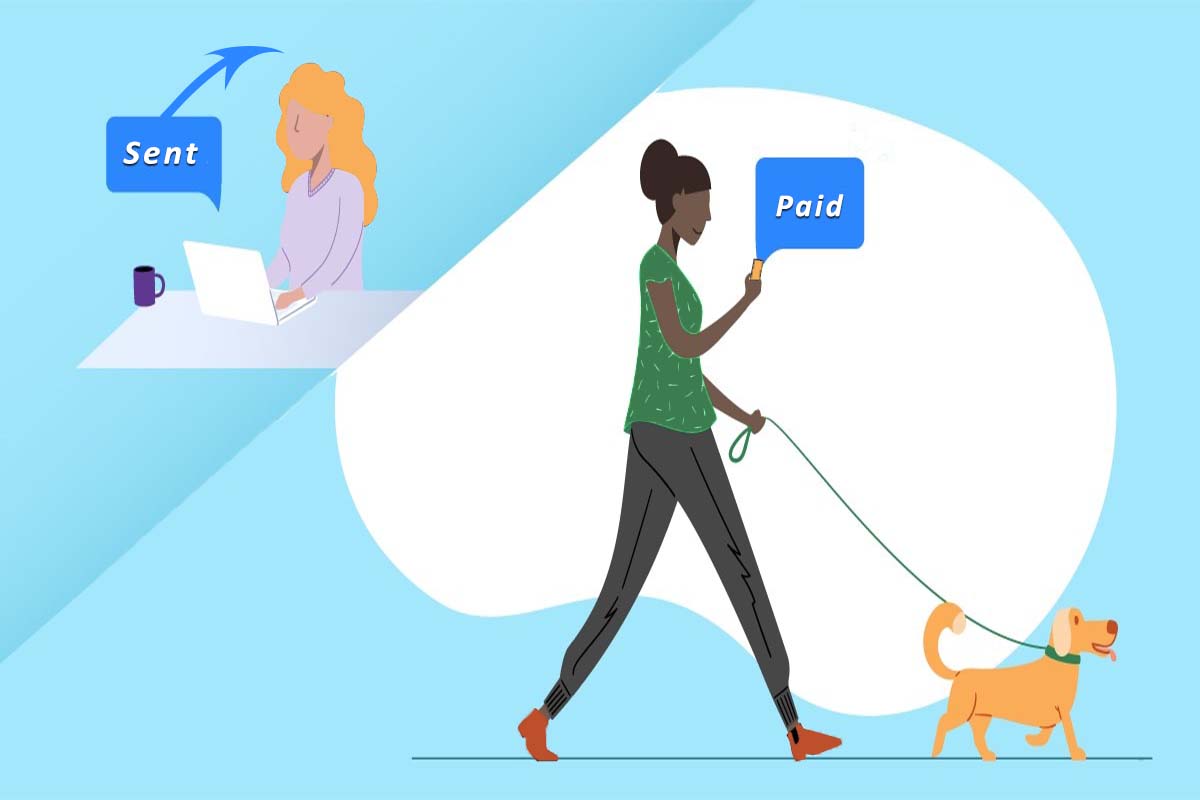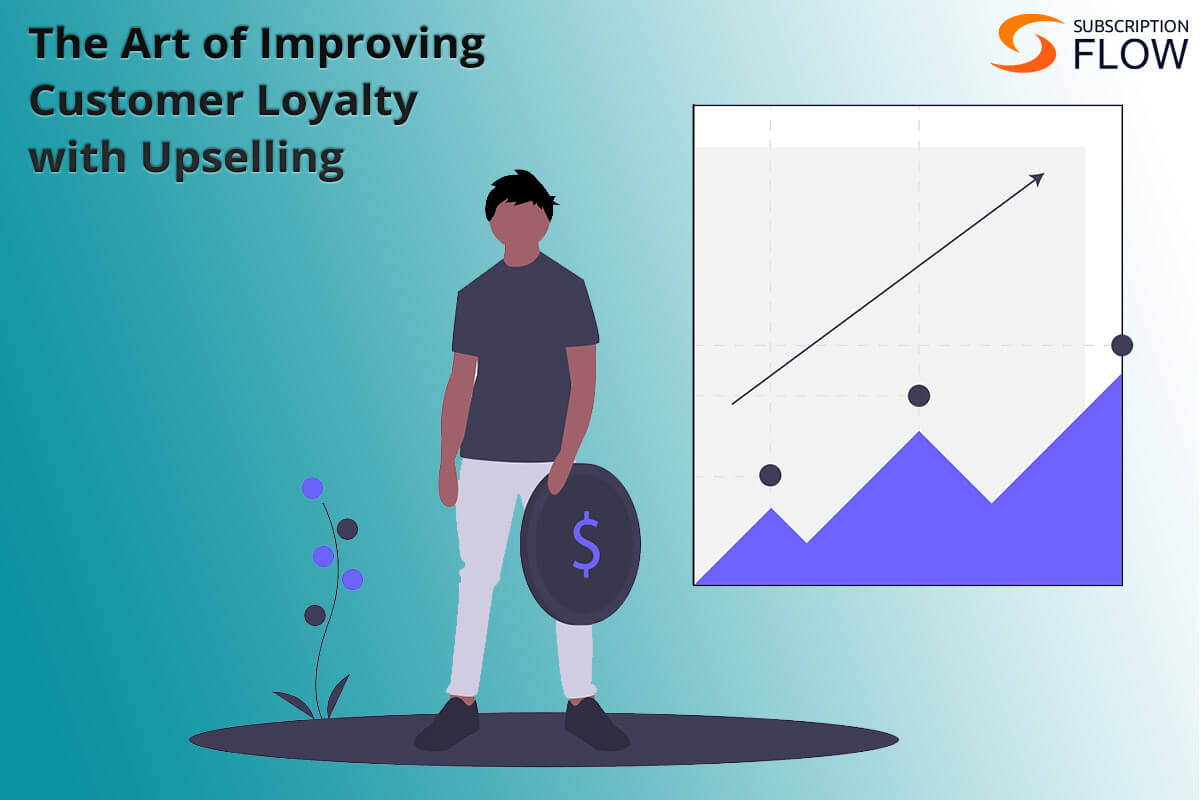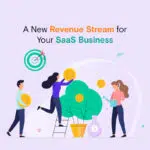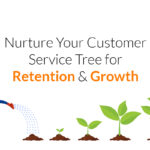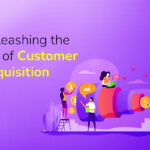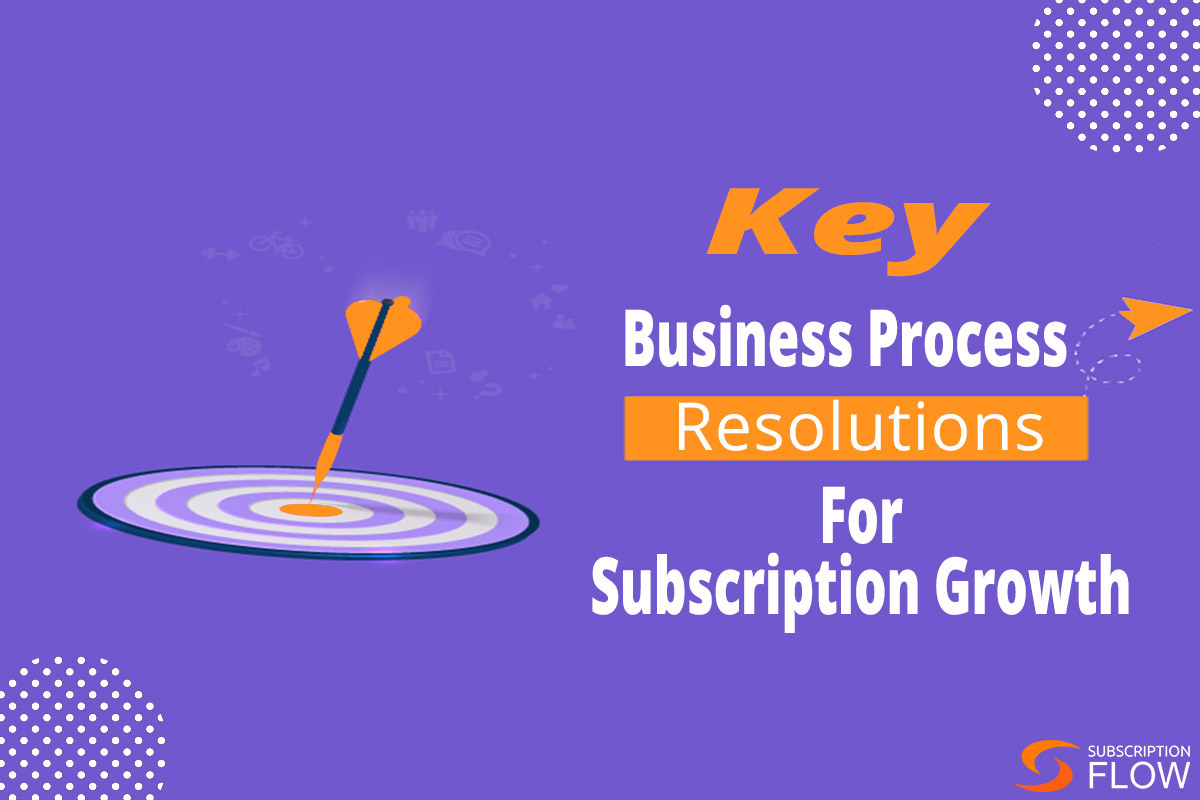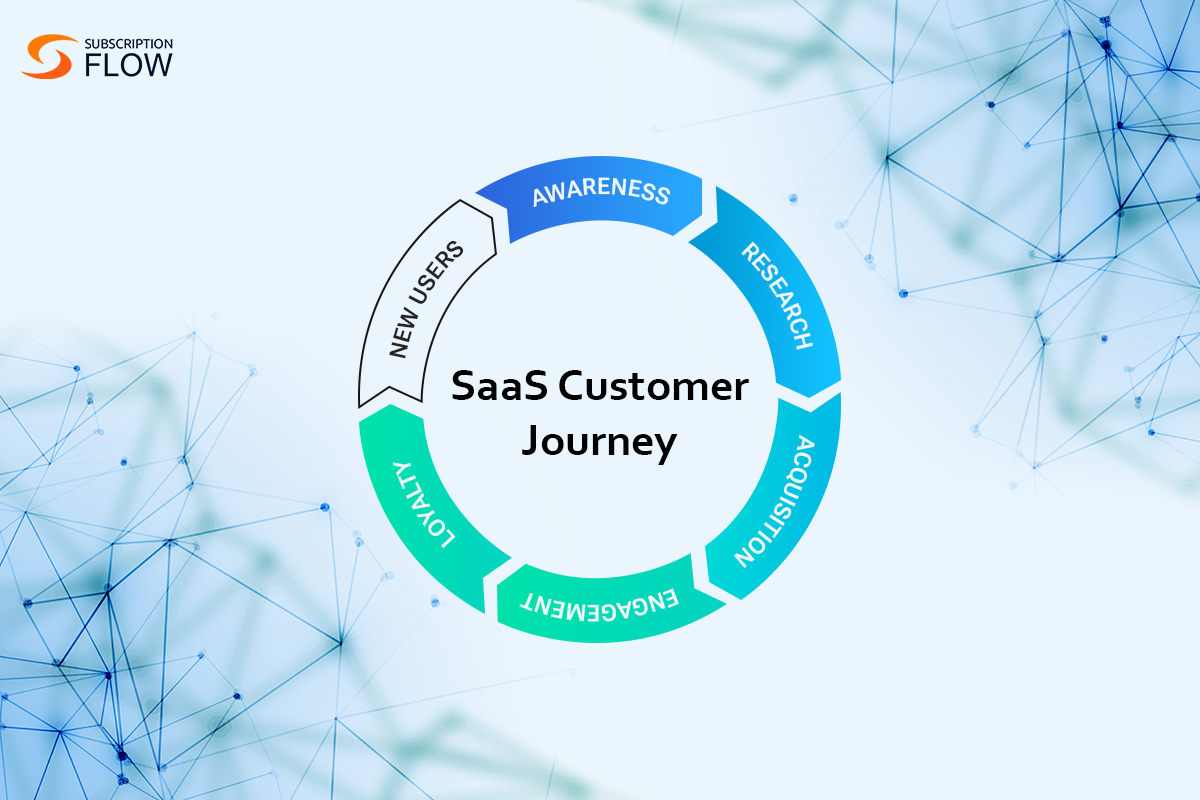
SaaS Customer Journey with SubscriptionFlow: An All-Inclusive Guide
Now more than ever, it is crucial for businesses to invest in SaaS customer journey in this era of the complete overhaul of the digital world. To meet the needs of their clients, it helps them stay current and fashionable. The more expensive and time-consuming inbound marketing has supplanted outbound marketing in the marketing world.
Naturally, though, it is never sufficient. Optimizing your marketing and sales campaigns is nearly hard to do without a thorough understanding of your entire customer journey. If you do not know where your marketing and sales assets fit into the customer journey, how would you defend them?
In this blog, keeping these concerns and this specific context in mind, we will go over firstly an understanding of what SaaS customer journey is, see the specifics of B2B SaaS customer journey, before going over a short guide of steps to follow for the perfect Customer journey SaaS.
What is SaaS customer journey?
Long story short: The steps consumers take from the moment they first learn about a brand until they become paying customers and brand ambassadors are depicted in a SaaS customer journey.
You can improve every facet of your SaaS business with an accurate mapping of the customer journey. The development and product teams will be skilled at crafting flawless product demonstrations. To guarantee that no leads fall between the cracks, sales and marketing teams will be aware of the touchpoints that need to be attended to. Teams will also be able to defend their investments in the various SaaS marketing campaigns, sales tactics, and customer success strategies they employ.
Read more: Optimizing SaaS Revenue Management: A Comprehensive Guide
Seeing the Specifics of B2B SaaS Customer Journey: Preparing for the Journey Ahead
First and foremost, a business needs to make sense of all the data gathered and visualize the customer journey. The SaaS customer journey mapping technique is one that greatly helps in it. It focuses on significant occurrences and leads of your customer’s motivation, reluctance, or even experience with your company’s product, as was previously mentioned. It involves considering the customer’s needs and emotions in addition to relying on their digital footprint.
This SaaS customer journey map, however, has multiple stages and is not a linear process. For this reason, businesses employ a variety of tools that enable them to see the phases of the customer journey clearly.
One important touchpoint is, for instance, customer onboarding. Improving it can have a huge impact, making it simple to promote more users to premium plans and—more importantly—keep them around for the long haul.
We also need to mention that customers can choose to travel in different ways. For instance, a customer might decide to convert after first requesting a demo. Someone else might just pull out their credit card and sign up for a paid plan without even talking to anyone. All of these journeys and touchpoints need to be taken into account.
A Short Guide to Follow for The Perfect Customer Journey SaaS
1. Describe each kind of customer: SaaS companies typically have a range of user profiles. Before you map out the customer journey, make sure you conduct extensive research for each possible buyer profile.
Consider a B2B SaaS solution similar to an email marketing tool. The decision to invest in the tool may ultimately rest with managers and C-level executives, even though marketing teams are usually the primary end-users.
2. The Process of Acquiring: Following awareness and deliberation comes acquisition. At this stage, the people who are targeting you sign up for a free trial. At this point, the best way to win over your user is to create a seamless onboarding process. Ultimately, it establishes the initial perception a user will have of your product.
3. Determine each stage’s customer touchpoints: Once you understand the primary stages that your customers go through, pinpoint the key moments at which customers engage with your brand to build a cohesive product experience across a variety of channels. Organizing the touchpoints in the customer journey is crucial to enhancing the user experience each time a customer interacts with your page or product.
4. Advocating: This completes the customer journey at this point. It’s the destination you wish your clients to reach. Happy customers will freely spread the word about your SaaS product if it meets their needs. If your product is good enough, one satisfied customer can persuade others to try it, which could lead to more long-term users. This enhances the return on investment of your marketing expenditure and decreases your cost of acquisition of new customers.
Read more: Understanding the Metrics, Tools, and Insights of SaaS Product Usage Analytics
How Can SubscriptionFlow Help Businesses Implement a SaaS Customer Journey?
SubscriptionFlow is a robust subscription management platform that can assist businesses in designing and overseeing a SaaS customer journey. Businesses can use a variety of features to design and optimize their SaaS customer journey with SubscriptionFlow. Landing pages that highlight the advantages and value proposition of the SaaS product can be made and customized by them. Different subscription plans, billing cycles, payment options, and discounts can all be set up and managed by them. Throughout the customer journey, they can stay in touch with them by sending push notifications, SMS, and automated and personalized emails. Customer behavior, satisfaction, retention, and churn rates can all be monitored and measured.
Book a demo with SubscriptionFlow now to begin the SaaS customer journey for your SaaS-powered!


